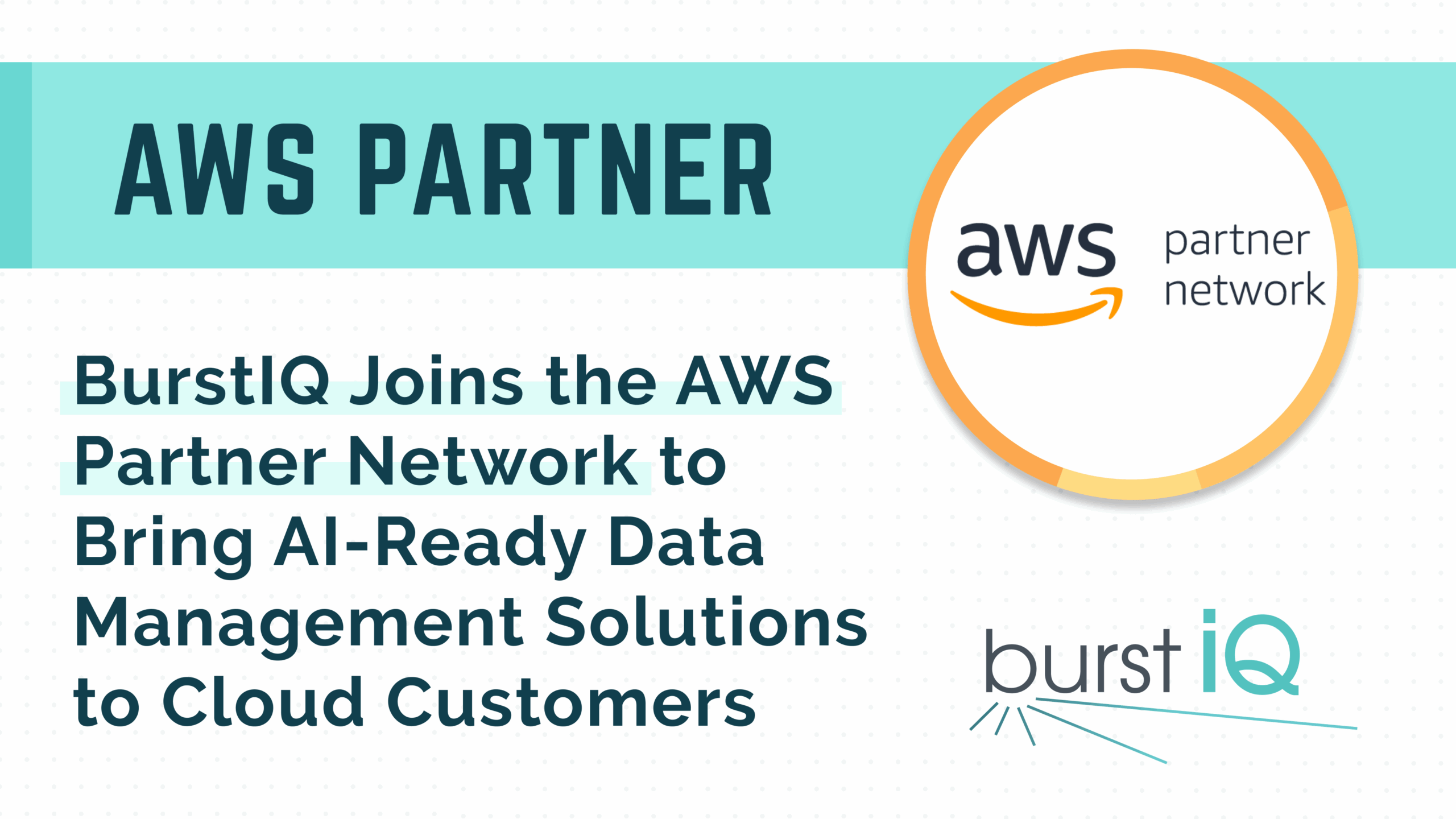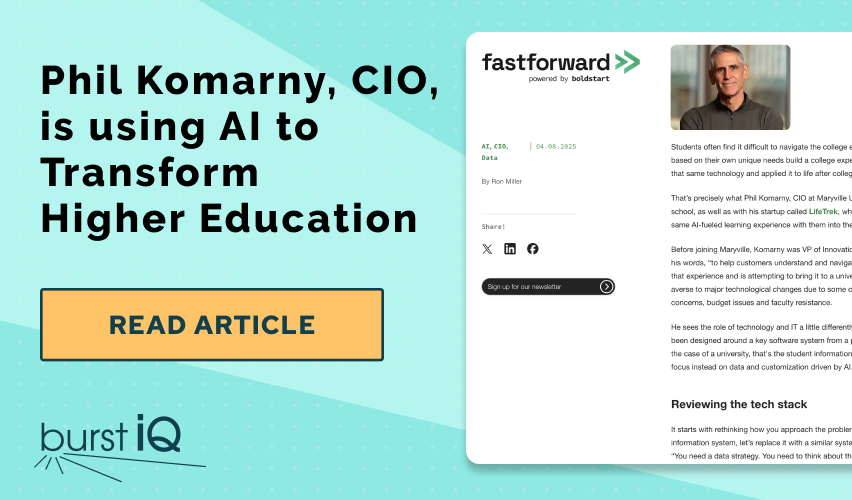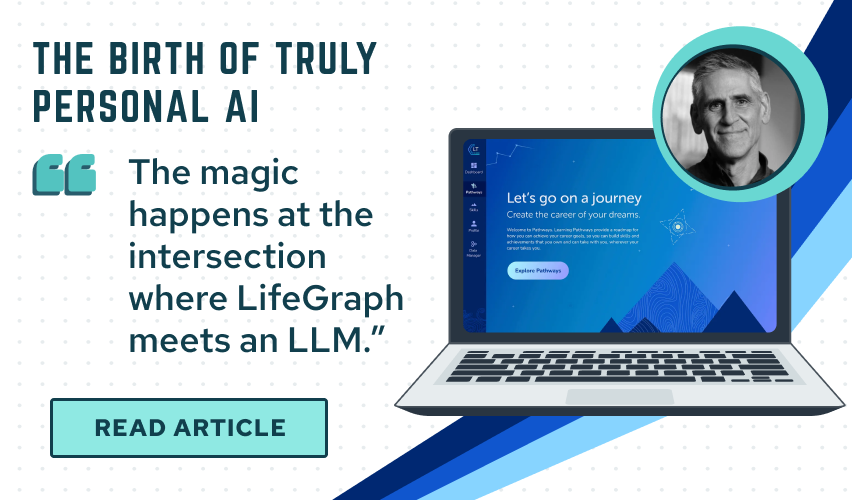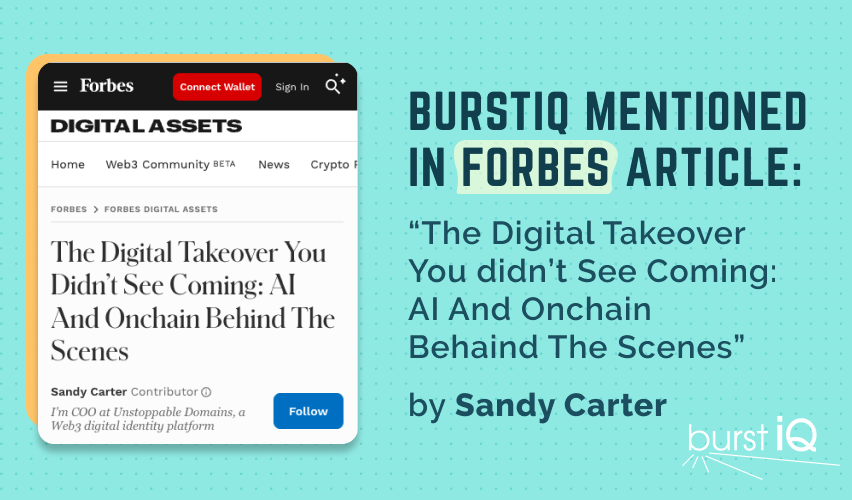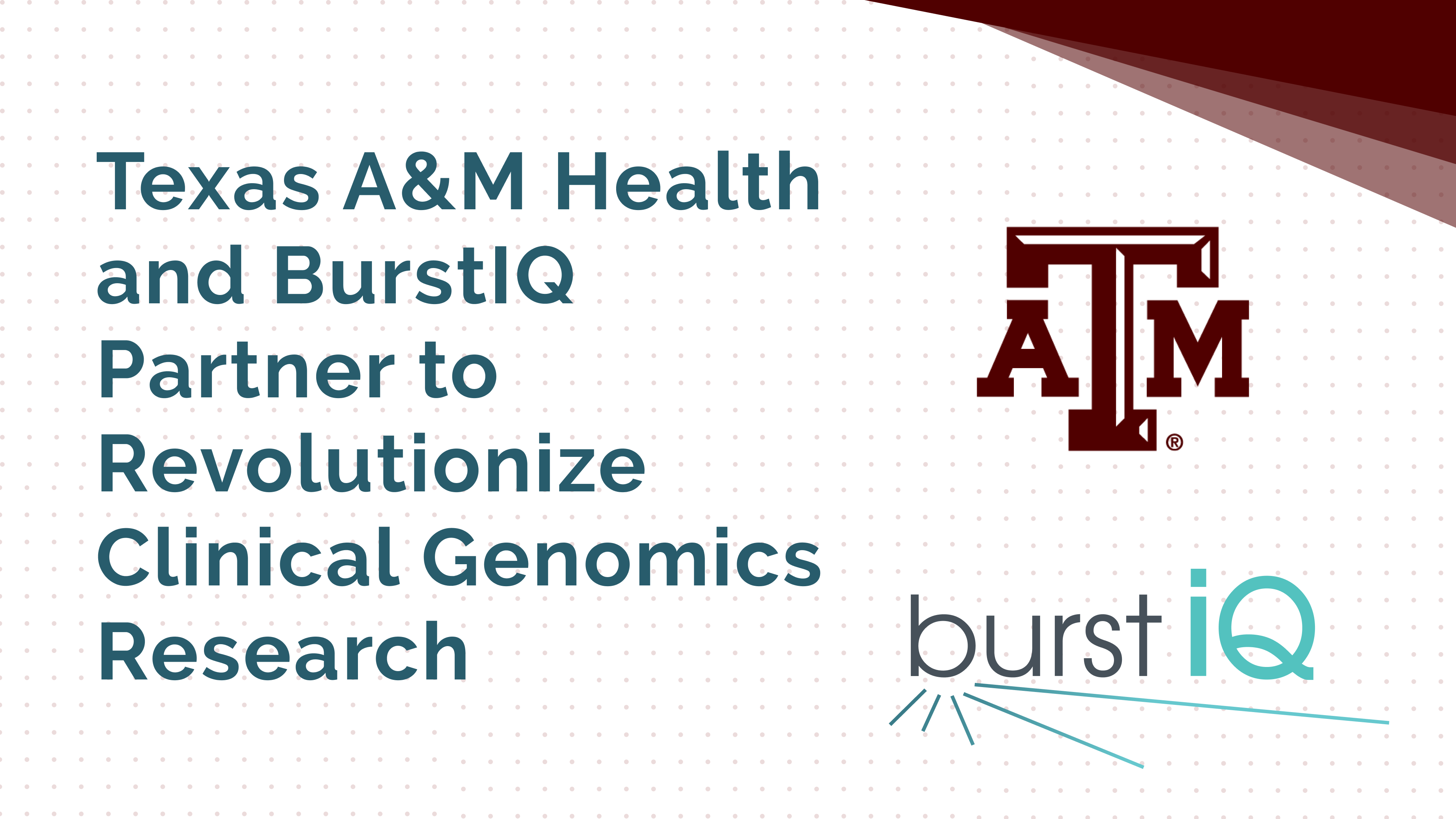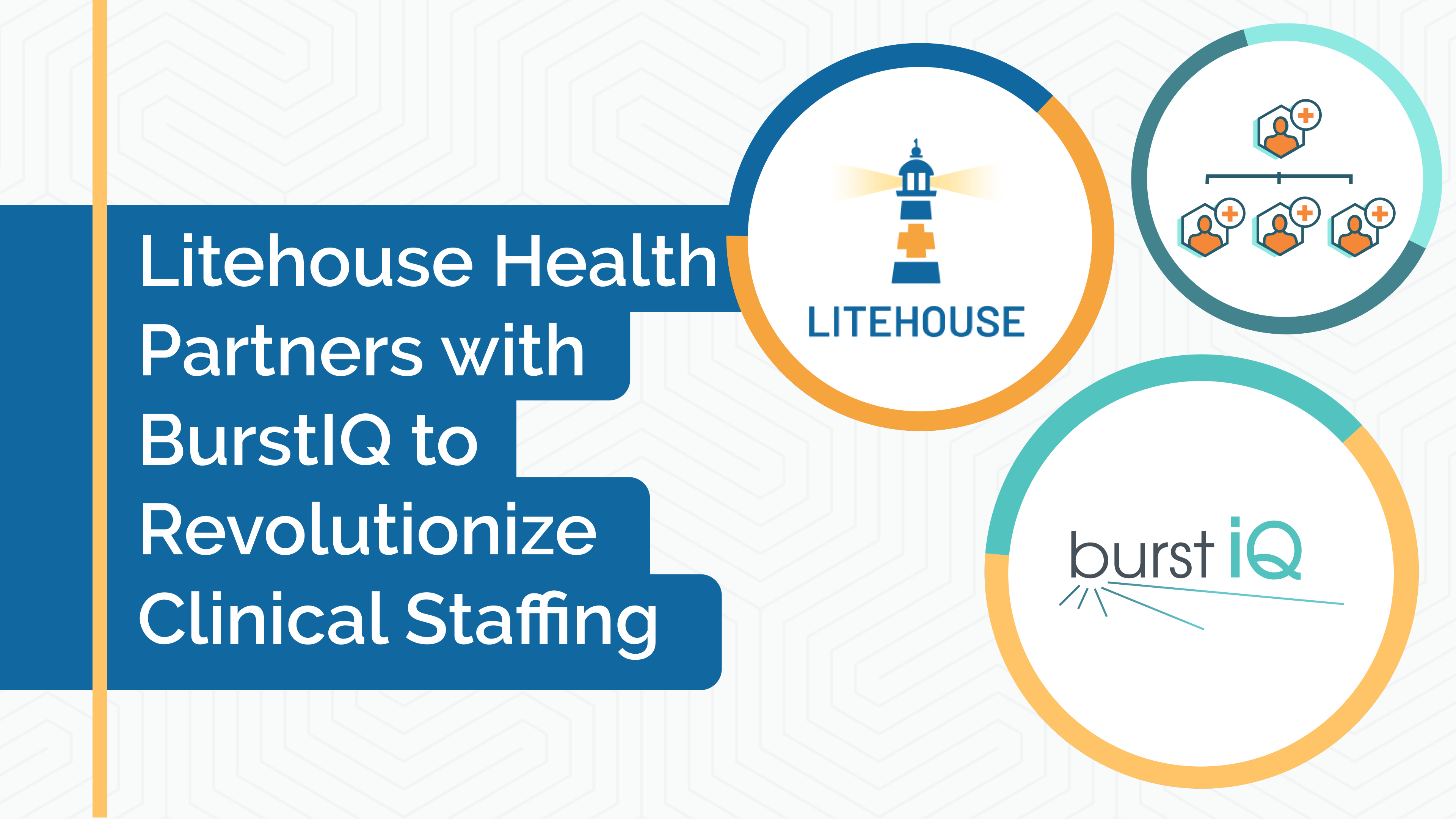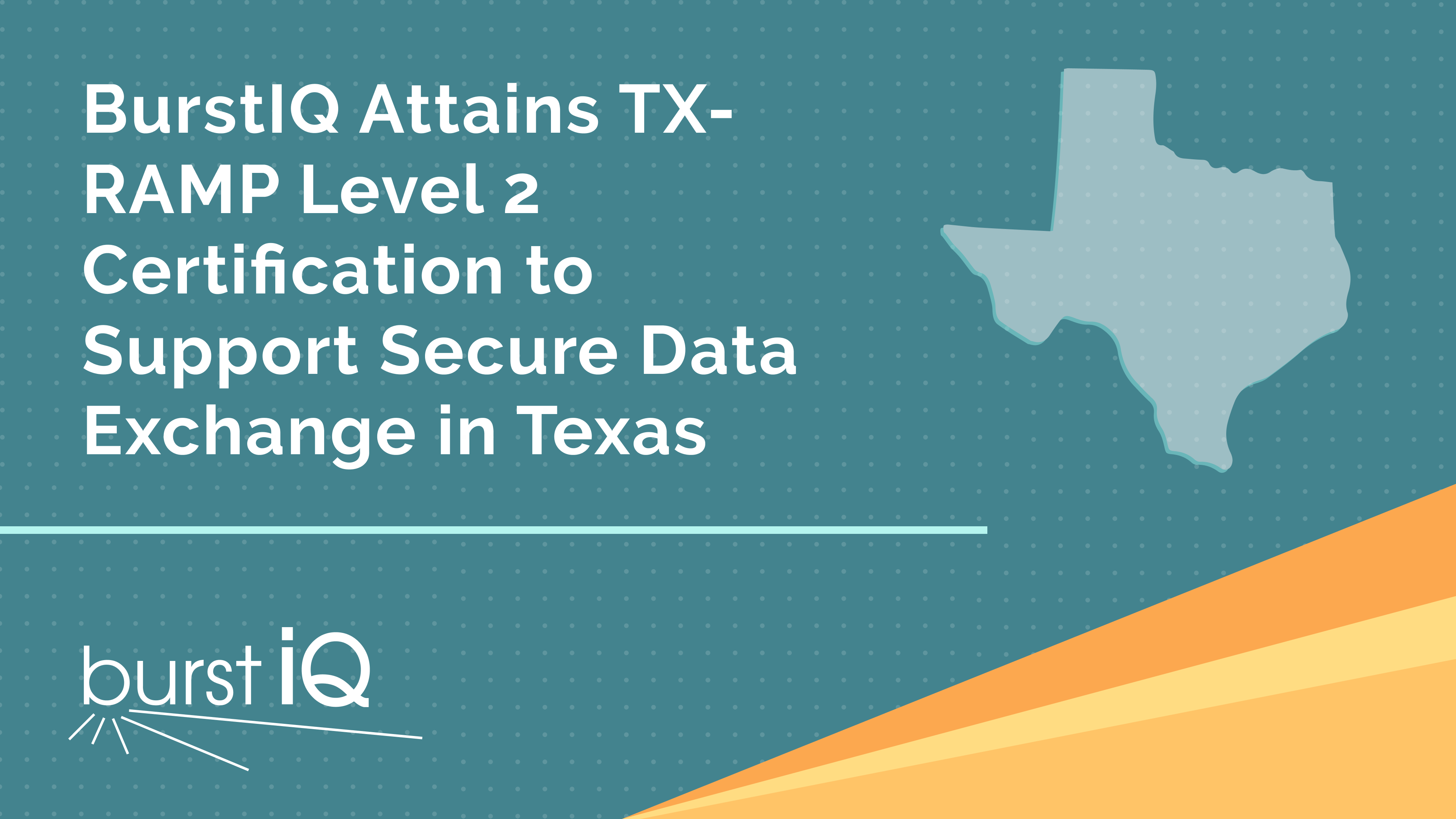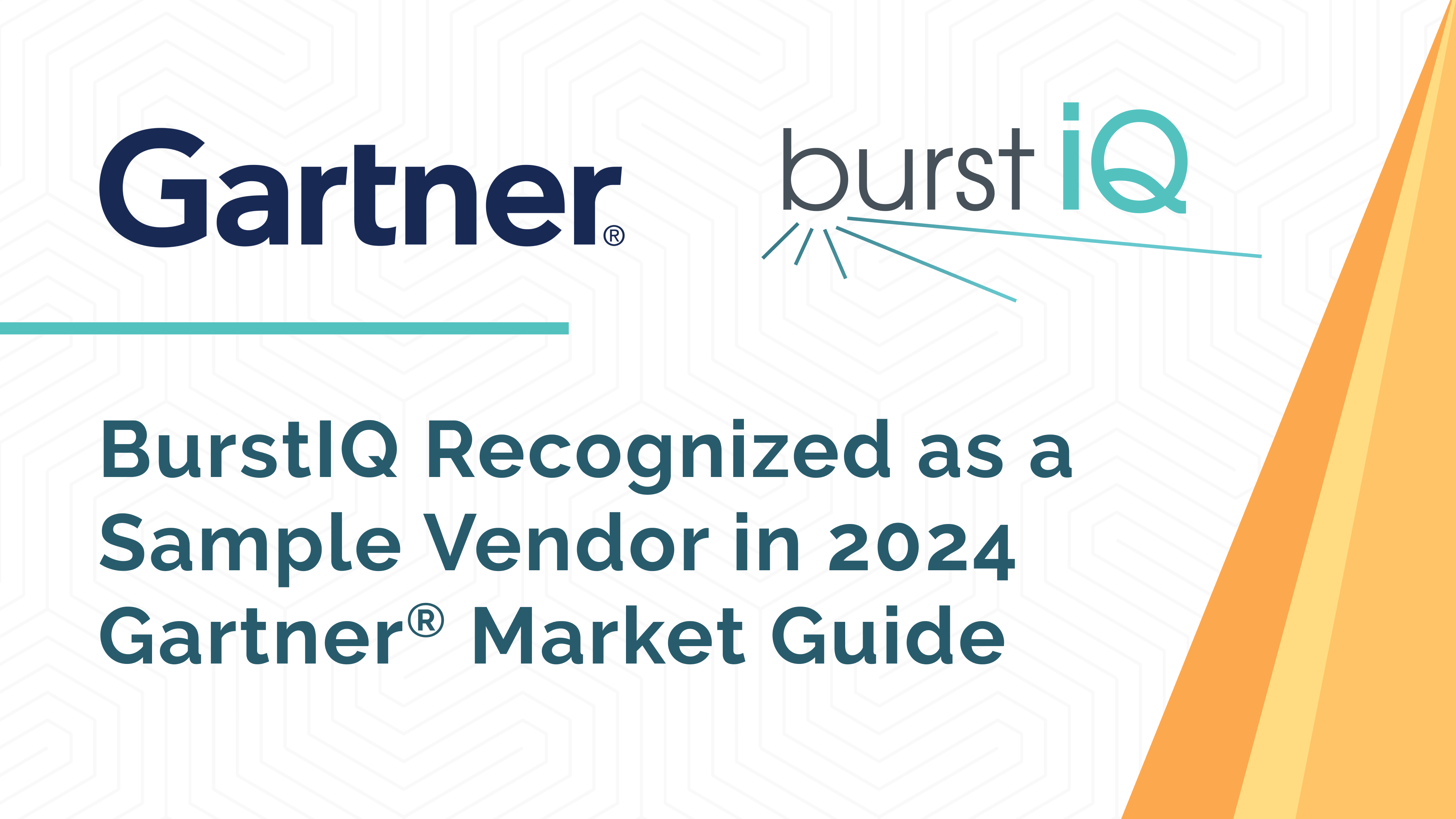The Blockchain Is Starting to Live Up to Its Potential
The divide is wide between people who say cryptocurrency will transform society and those who find no substance in the entire field. Lost between the extremes is the reality that hundreds of billions of dollars of applications are operating today, mostly in boring, niche “blockchain” applications few people notice. It’s worth taking a survey of them to get some idea of what the future might bring, at least in the near term. (Spoiler alert: the outlook is bright.)
A blockchain is a digital database, or ledger, used to record information and transactions in a collaborative manner. While it’s more complex and expensive to run than a traditional database created and maintained by a central party, it has important advantages in security and public trust. Blockchains are more secure, because no individual or entity can change or view any data except with the appropriate cryptographic private key. No company or IT worker or hacker or court order or disgruntled ex-spouse or drug company has access to your data without your permission. Almost all successful cryptocurrencies are based on blockchains, but blockchains need not have any ties to crypto to function.
One major application is personal medical information. Your medical data is fragmented among different providers, test companies, insurers, pharmacies, public health agencies and other entities, often leading to frustration, security breaches and mistakes. There are traditional database solutions such as MyChart, but they are being challenged by blockchain competitors like Patientory, Nebula Genomics, BurstIQ and MedicalChain. Instead of MyChart having to sign information sharing deals with every possible entity and every patient, blockchain solutions operate peer-to-peer. As long as any pair of participants use the service — you and your doctor, your insurance company and your testing lab, your pharmacy and your urgent care clinic — they can communicate seamlessly and securely.
Another area of rapid growth is elections. It’s true that elections throughout history have been rigged or stolen. Even with today’s technology, it can be almost impossible to determine a definitive winner in close elections. Plus, the process of voting can be tedious. And, of course, confidence is undermined because the process is designed and run by incumbent elected officials.
Read the article on
About BurstIQ
BurstIQ is the leading provider of blockchain-enabled data solutions for the identity, healthcare and life sciences industries. The company’s secure data exchange network combines blockchain, multi-layered governance and best-in-class security to build multi-dimensional profiles, called LifeGraphs®, of people, places and things, and empower the connections between them. LifeGraph® Network allows organizations to manage the ownership and sharing of sensitive data, with consent, governance and process automation built in. The result is a global, secure data network that allows health systems, payers, digital health companies, pharma & life science companies and governments to collaborate, share, discover and build the impossible.
For more information visit: www.burstiq.com| Facebook| Twitter| LinkedIn| YouTube
